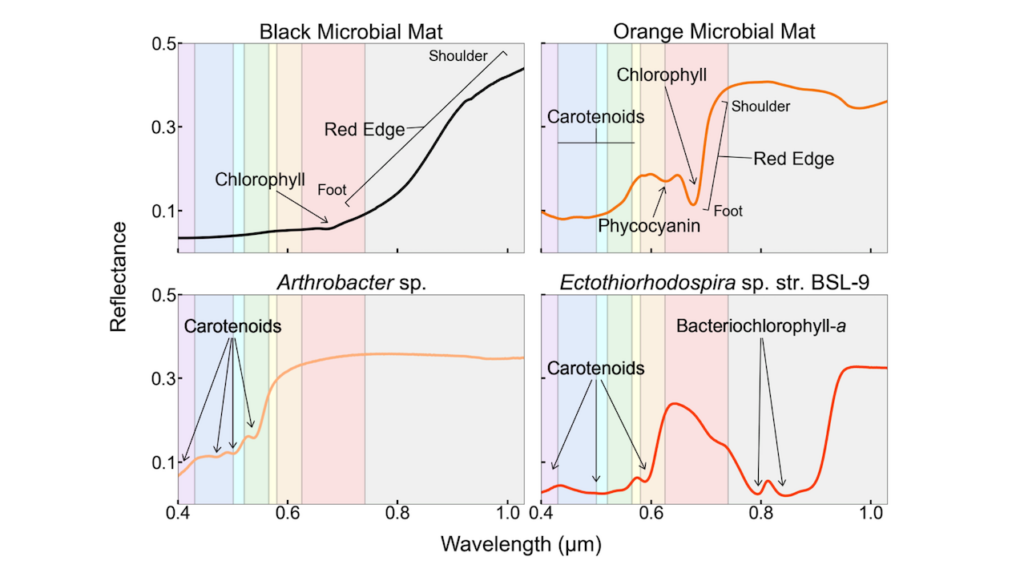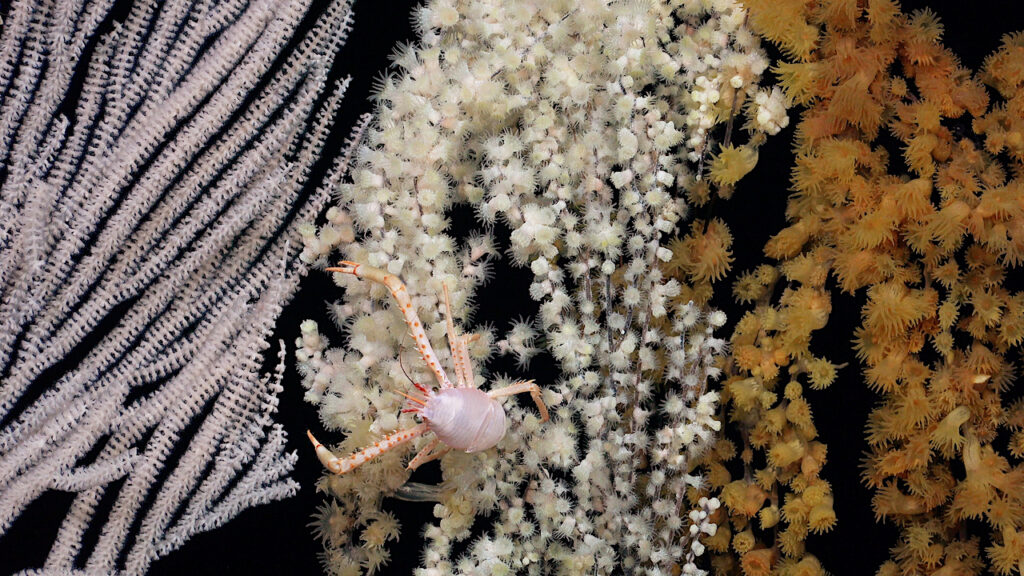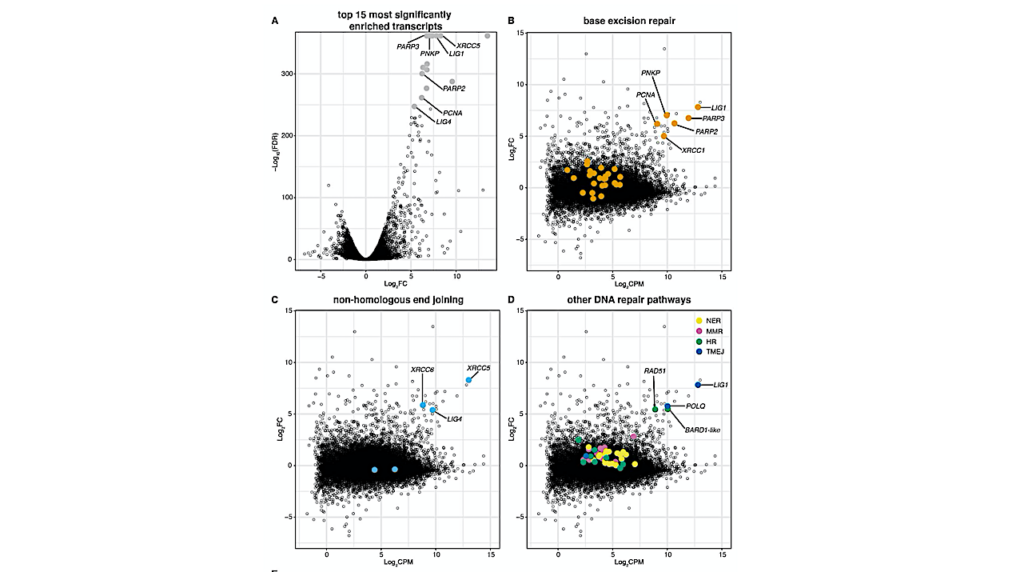Temporal Changes in Fluid Chemistry and Energy Profiles in the Vulcano Island Hydrothermal System
Astrobiology December 2007, 7(6): 905-932
http://www.liebertonline.com/doi/pdfplus/10.1089/ast.2007.0128
In June 2003, the geochemical composition of geothermal fluids was determined at 9 sites in the Vulcano hydrothermal system, including sediment seeps, geothermal wells, and submarine vents. Compositional data were combined with standard state reaction properties to determine the overall Gibbs free energy (
Lithotrophic reactions in the H-O-N-S-C-Fe system were considered, and exergonic reactions yielded up to 120 kJ per mole of electrons transferred. The potential for heterotrophy was characterized by energy yields from the complete oxidation of 6 carboxylic acids– formic, acetic, propanoic, lactic, pyruvic, and succinic–with the following redox pairs: O2/H2O, SO4 2/H2S, NO3 /NH4 +, S0/H2S, and Fe3O4/Fe2+. Heterotrophic reactions yielded 6-111 kJ/mol e. Energy yields from both lithotrophic and heterotrophic reactions were highly dependent on the terminal electron acceptor (TEA); reactions with O2 yielded the most energy, followed by those with NO3 , Fe(III), SO4 2, and S0. When only reactions with complete TEA reduction were included, the exergonic lithotrophic reactions followed a similar electron tower.
Spatial variability in








